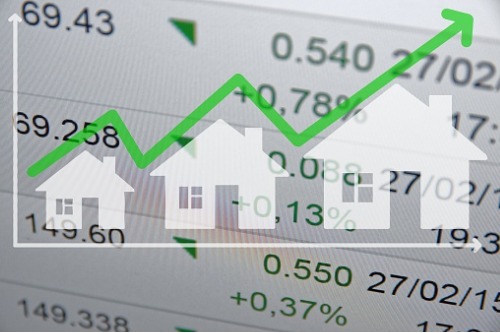Very limited inventory pushed single-family home prices higher in 93% of metros

Tight supply of available homes in America’s metro areas pushed prices higher in 93% of measured markets in the third quarter according to the National Association of Realtors.
Its quarterly report reveals that 166 of the 178 metropolitan areas showed price gains with the national median price for existing single-family homes reaching $280,200 (up 5.1% year-over-year).
“Incremental price increases are to be expected, but the housing market has been seeing reacceleration in home prices as more buyers want to take on lower interest rates in the midst of insufficient supply,” said Lawrence Yun, NAR chief economist. “Unfortunately, income and wages are not rising as fast and will make it difficult to buy once rates rise.”
Among the 178 metros, 96 posted annual price gains of more than 5% with 10 posting double-digit increases.
Price declines were seen in metros including San Jose-Sunnyvale-Santa Clara, Calif., (-4.6% year-over-year) and San Francisco-Oakland-Hayward, Calif., (-2.5% year-over-year) but these continue to be the two most expensive metros in the US with median existing single-family home prices of $1,240,000 and $964,000 respectively.
Although there are some signs of increased supply in some metros, Lawrence Yun says that the year-over-year picture is less positive.
“In an overall comparison of 2019 and 2018, fewer homes have been built. So hopefully home builders will expand their plans in order to better address the national inventory shortage,” he said.
Improved affordability
Despite the increased prices, home affordability improved in the third quarter thanks to lower mortgage rates.
Average monthly mortgage payments fell to $1,033, a 15.6% share of the estimated national median family income of $79,215. This compared to 16.5% in Q2 2019 and 17.4% in Q3 2018.
For first-time buyers there was also improvement as the starter median home price rose to $238,200 but the monthly mortgage payment decreased to $1,019, assuming a 10% down payment.
That means that first-time home buyers needed a lower level of income to afford a mortgage payment, at $48,912, compared to $50,976 in the second quarter of 2019.



